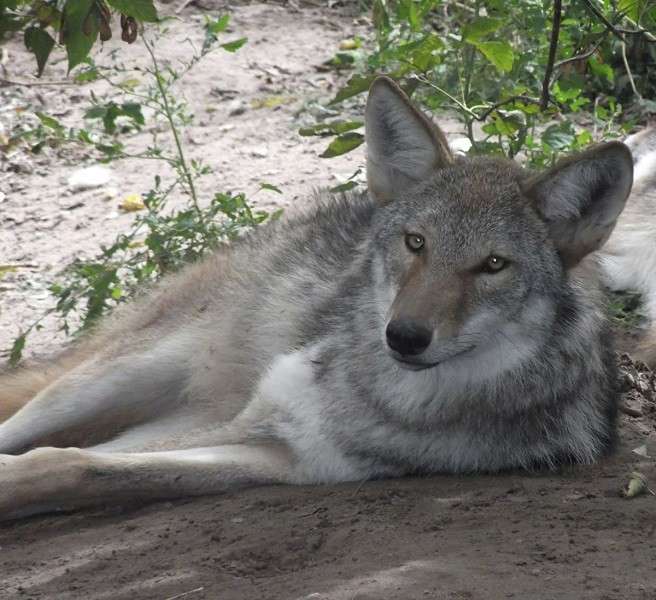A new study reveals how there is only one true wolf species indigenous to the Untied States, the gray wolf. Past studies reported how there are three distinct wolf species roaming America today, the gray wolf, the eastern wolf and the red wolf. Apparently, the other two species are just gray wolves that interbred with coyotes.
Scientists from the University of California, Los Angeles just revealed new evidence how the gray wolf is the one true species across the U.S., which will be later decided this fall and more importantly, if the gray wolf would remain protected under the Endangered Species Act.
The dilemma starts when the U.S. Fish and Wildlife Service recommended that this species to be removed from the list due to this error. Originally, the wolf is geographically found around the Great Lakes region including 29 eastern states however, the organization found this was incorrect as the eastern wolf which is a new species, occupied this range.
After studying DNA genome samples from these three species of North American wolves and coyotes, scientists found that they all have something in common.
According to lead author of the study, ecology and evolutionary biology professor, Robert Wayne of UCLA, this newly recognized eastern wolf is just a gray wolf and a coyote mix, where 75 percent of its genes belong to the gray wolf. There is also no evidence that the eastern wold evolved separately as a species, and it is crucial that the gray wolf should still be protected under the endangered species list.
In this new study, scientists suggest how the two wolf species mixed some hundreds of years back in the southern U.S. resulting in physically distinct appearance in wolves, but not as a unique species. Results revealed that red wolves are 25 percent gray wolf and 75 percent coyote, while the eastern wolves are 75 percent gray wolf and 25 percent coyote, when it comes to their DNA makeup.
Interbreeding among the gray wolves and coyotes may link to bounties that began in 1880s, that decimated wolf populations, leading to similar species to mate with one another. Red wolves are mostly seen in the southern U.S. region where exterminations of wolves are most prevalent, that could explain higher coyote DNA in red wolves.
This new study is published in the journal, Science Advances.



























